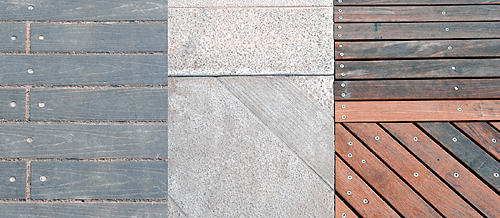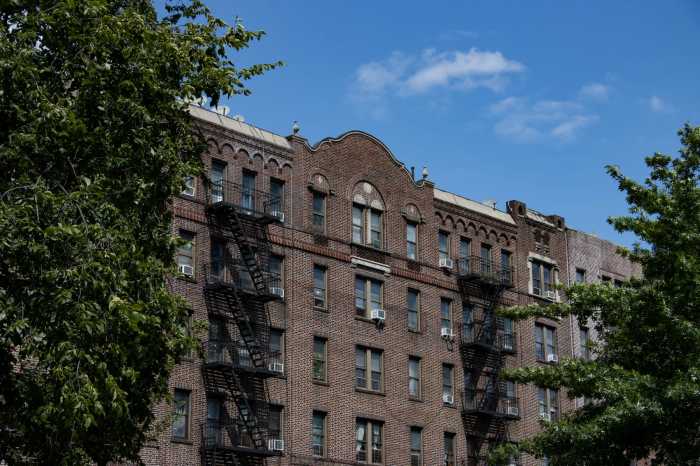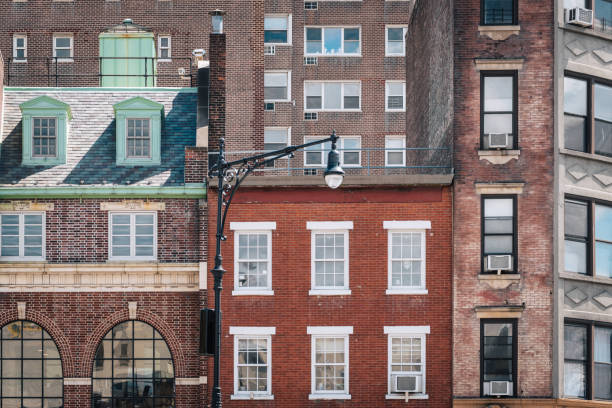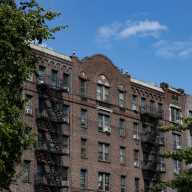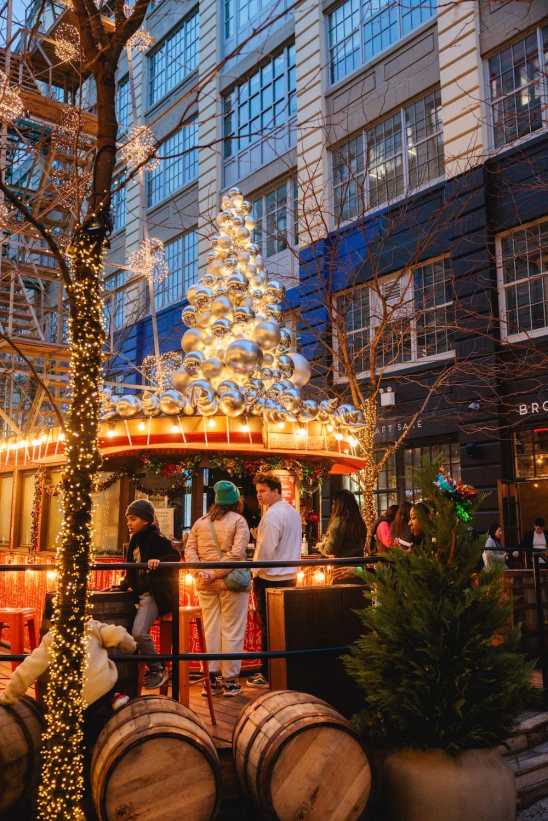Call it a wood-be disaster.
Landmarking the iconic Coney Island Riegelmann Boardwalk would be pointless if the designation didn’t protect the 2.5-mile promenade’s creaky wooden planks from being replaced with recycled plastic or concrete, complained preservationists at an April 17 public hearing with the city Landmarks Preservation Commission.
One preservationist said locals feared the landmarks agency would allow the Parks Department to rip up the walkway’s beloved boards in favor of cheaper materials once the Boardwalk was landmarked.
“We want the Boardwalk to be a boardwalk — not a cement road, not a plastic promenade, a real boardwalk, made of real boards — of wood — just as it always was and should be,” said Christabel Gough, secretary of the Society for the Architecture of the City.
“Everyone who has asked for the Boardwalk to be protected wants it to be protected from regrettable, wrongful decisions from the Parks Department.”
Gough joined four other preservation advocates plus Councilman Mark Treyger (D–Coney Island) and a rep for Councilman Chaim Deutsch (D–Sheepshead Bay) at the hearing on the distant isle of Manhattan, all of whom emphasized their support for landmarking the Boardwalk ahead of the commission’s May 15 vote on whether or not to calendar it, the first formal step in the designation process.
The agency recommended the Boardwalk for scenic landmark status, which would protect its existence as a landscape and the general parameters of its physical presence — including its length and width, according to a spokeswoman — but not the wooden surface itself, parts of which have already been replaced with concrete and recycled plastic beginning in 2009.
But one local said officials at the Parks Department — which has jurisdiction over the Boardwalk — are more akin to developers than preservationists, because they prefer the $126-per-square-foot concrete to the $144-per-square-foot wood, which he argued destroys the character of the Boardwalk.
“The material of the Boardwalk — its wooden nature — is absolutely central to its identity and its use and its experience by those who have used it for generations,” said Andrew Sillen, who lives in Midwood. “The wood is an integral part of the Boardwalk, and it’s under threat. We are concerned that the Parks Department does not take these things under account.”
Another local who has helped lead the years-long fight to protect the wood said that the idea that the city could rip up the Boardwalk’s planks after landmarking the structure constituted “a perverse construction of the notion of preservation.”
“The designation can only hold meaning if it comes with the inherent protection of the Boardwalk as what it has always been and should be conserved as: a unique pedestrian entity with wooden boards,” said Rob Burstein, head of the Coney-Brighton Boardwalk Alliance. “Anything less would be to deny the unique character of this Boardwalk, and thus void the designation.”
Reps from the Historic Districts Council and the New York Landmarks Conservancy also testified to their concerns over the future of the material of the Boardwalk. Councilman Treyger said he was “emphatically in favor” of the designation, saying that it would allow locals more oversight if and when the city wanted to change its material structure, and adding that landmark status would also protect it if it were washed away by hurricanes or superstorms such as 2012’s Sandy.
“Designating the Riegelmann Boardwalk as a scenic landmark affords additional protections for substantial changes to this icon in New York City and American history,” he said. “With the increasing threat of climate change, landmarking the Boardwalk will help ensure it exists in perpetuity.”
A rep for Councilman Deutsch said the pol’s office would be happy to inform the Parks Department where it could find sustainable hardwood sources in Central and South America.
But if the landmarks agency granted the Boardwalk scenic landmark status, it would only act in an advisory capacity in regulating and maintaining the Boardwalk, with the 11-member city Public Design Commission having final say in maintenance and material matters.


